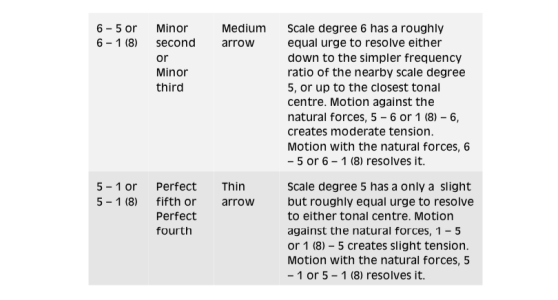I understand what you're asking, I'm just too theory stupid to answer it efficiently.

I've seen the vids where they're getting you to memorize the modes by moving the same pattern around the neck, I just haven't attempted learning them that way as it makes more sense for me to learn the mode as it's laid out across the whole fingerboard. I get confused pretty quickly trying to learn that way, it's just easier for me to see all the notes up and down the fingerboard then memorize those patterns. Like this-
If you memorize that and play any of the blue notes, light or dark, you're playing E Dorian, regardless what position you're in. It's only when you start moving the mode
shapes that you can move to a new mode by changing positions.
The key of the song will dictate how many sharps or flats are in it, the modes are the road maps to keep you away from the notes that aren't in the key the song is in, but since many keys and modes share the same notes, there's a TON of overlap. A knowledgeable guitarist can look at the key of a song, then the chord progression and think "I can play E Lydian, then jump to A Dorian then finish in D Mixolydian" (just examples, I do not know what is shared between those modes) because they have those maps memorized.
Someone else here can probably explain that so, so, so much better than me.
@Ed DeGenaro is smart in the head when it comes to this stuff!









